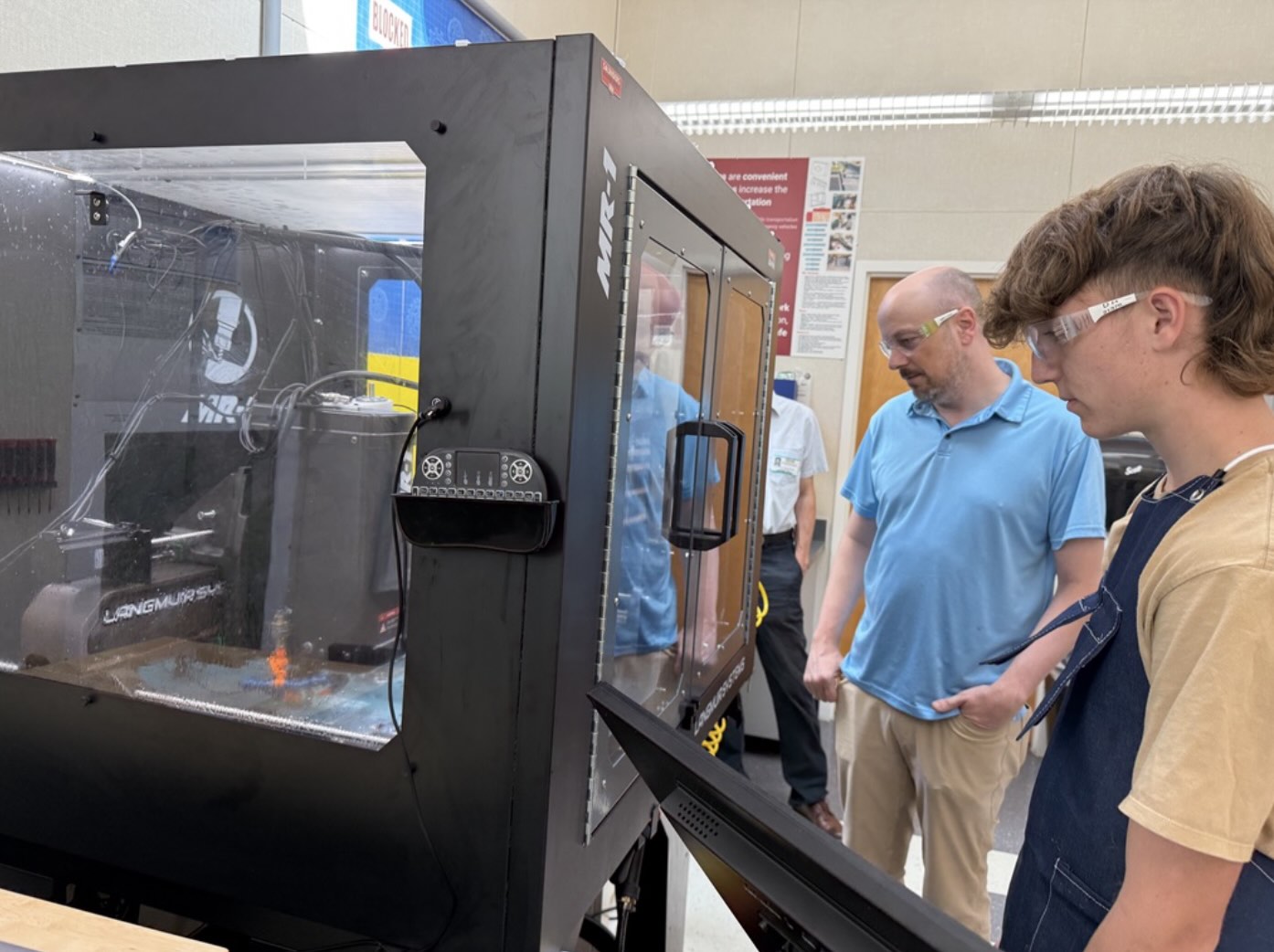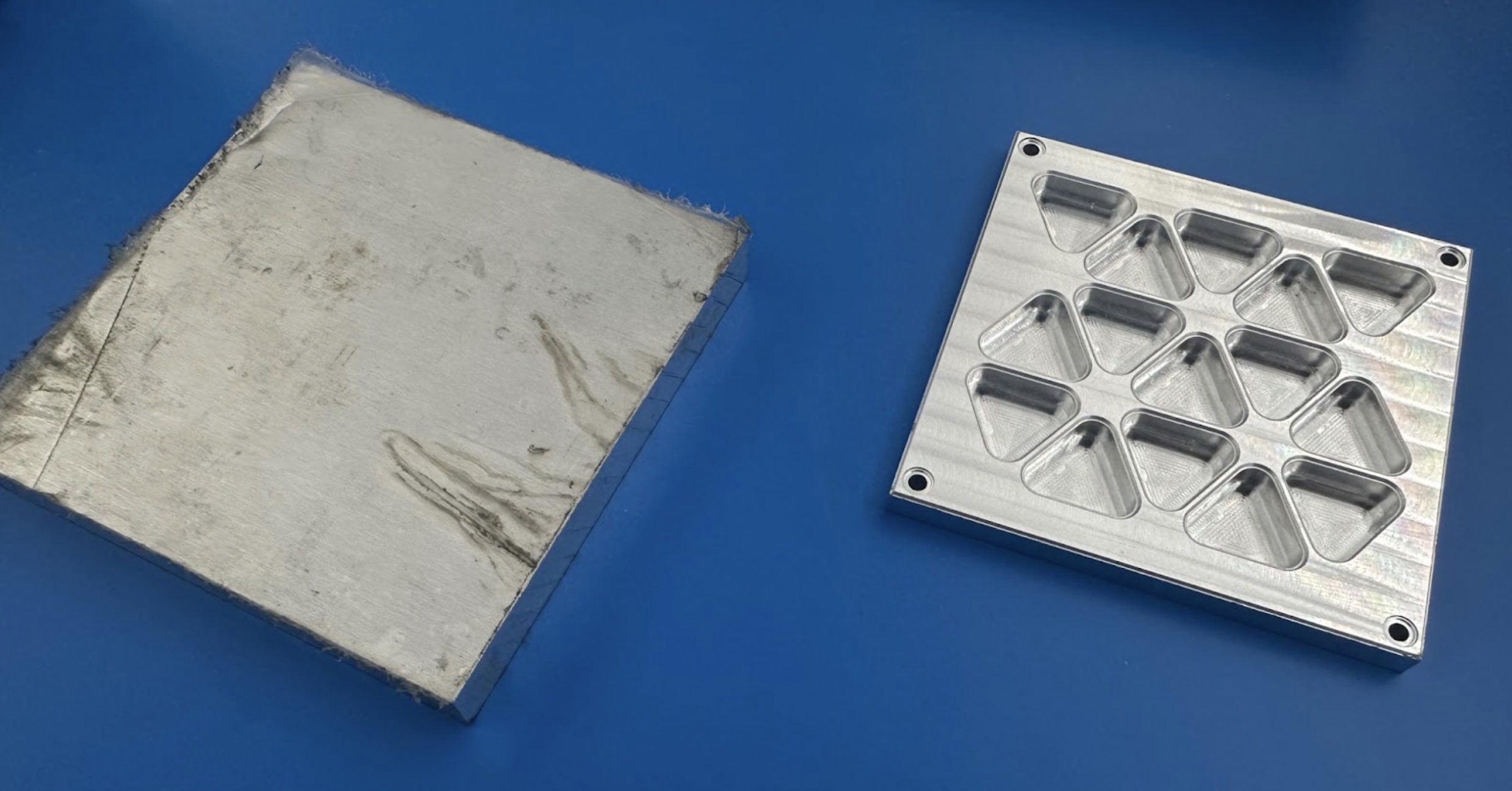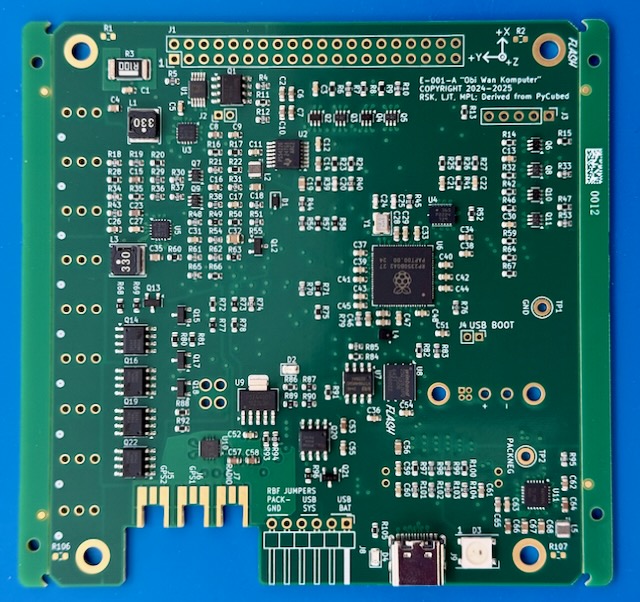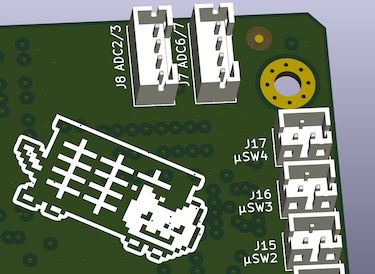CAM and Machining of NyanSat
As NyanSat designs to push the boundaries of what is possible in space, the Oakwood Engineering lab has recently been upgraded with a 3-axis gantry milling machine. This addition greatly increases the capabilities for in-house fabrication that will be used to machine the structure of the NyanSat CubeSat. The milling machine will help members of the NyanSat team to build skills, refine processes, and contribute to the field of small satellites.
First, it is important to understand how a milling machine works to create incredibly precise parts that we can use for aerospace applications. By spinning cutting tools at 8000 rpm and moving on 3-axes, the milling machine is able to cut metals. While a 3D printer makes parts via a process called additive manufacturing, machining does the opposite through subtractive manufacturing. For NyanSat, a stock of aluminum will be cut into the shape of each part. In total, the structure contains 6 parts that will each be separately machined. The NyanSat structure is required to be lightweight yet robust, as it needs to protect internal components and withstand the harsh space environment, including the forces of launch.
To meet these requirements, the design process begins with parts in CAD (Computer Aided Design), that are then brought into CAM (Computer Aided Manufacturing). This is a new tool that members of NyanSat have been working to come up to speed on. CAM allows the user to generate a toolpath that the machine can understand and then cut the part correctly.

As students get familiar with the machine and CAM software, they have been able to make a few prototype parts to evaluate the capabilities of the milling machine. First, students designed and machined an Isogrid to assess tolerances and accuracy. Once the first part was successfully machined, they moved onto a more complex operation, cutting multiple parts and using extra CAM features. This operation also served as a valuable opportunity to test the milling machine’s cutting strength. Now, they have moved onto machining parts of their satellite structure in order to test and integrate the aluminum part with the existing 3D-printed model.

The team is still in an early learning stage of machining, but the accuracy of the parts is improving with every part made. The first parts machined have been fabricated with room for error, providing the machine operator with valuable insights into the machine behavior and best practices.
By fabricating the structure and other parts, the team of NyanSat has ensured a greater flexibility in design iterations, and a better understanding of the requirements to make a successful physical product. The new tool in the lab aligns with the hands-on learning goal of NyanSat and establishes a platform for advancing space research technology.



